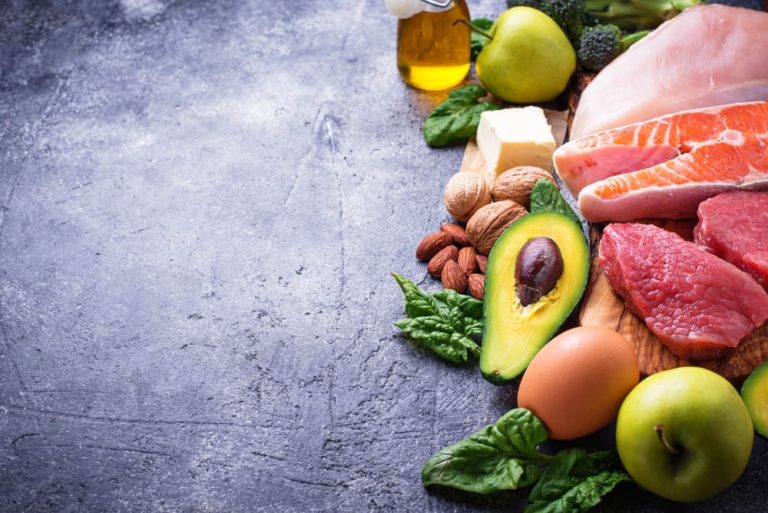A few weeks ago we published a recipe for foodpunky gummy bears and since then we’ve heard the question again and again whether you can actually use the collagen powder instead of the gelatin from pasture-raised beef, which so many of us have in the cupboard anyway. Collagen and gelatine are actually the same thing… or are they? Anyone who has tried to make their gummy bears with collagen powder will probably have failed miserably. But what is the difference between collagen and gelatine? To clarify this, we first need to take a closer look at the collage.
Collagen is a structural protein found exclusively in animals. It has a very high tensile strength and is mainly found in connective tissue, skin, tendons, ligaments and bones, i.e. everywhere where strength is important. Responsible for this property is the special structure of collagen. Unlike many other proteins in our bodies, which fold up in a ball-like shape, collagen is a long, fibrous protein characterized by its triple helix structure. This triple helix structure can be thought of as a rope or cord. This consists of several individual fibers twisted into a bundle. For thicker ropes, several of these bundles are twisted into each other again. This makes ropes extremely tear-resistant. In the same way, collagen also receives its enormous tensile strength. Three collagen fibers form a triple helix. Several of these triple helices in turn then combine to form a thicker fiber bundle. Due to this compact structure, collagen is also not soluble in water. Makes sense, because our body consists of a large proportion of water and if collagen were water-soluble, it could not perform its function.
2. how is gelatin produced?
Now what is the difference with gelatin? This is basically nothing other than the collagen just described, except that here the long chains are broken down and shortened by various processes. Figuratively speaking, the collagen molecules are cut a few times with scissors.
Gelatin is formed naturally when pieces of meat or bones containing connective tissue are boiled in water at low heat. In the process, the solid collagen structures dissolve and smaller protein strands are formed, which are readily soluble in the warm water. If the whole thing is then cooled, these protein strands form a network in which the water is trapped. Thus, a gel is formed.
Industrially, gelatin is often obtained by acid digestion or enzymatically (in technical jargon, this is called “hydrolysis”). Here, too, the long collagen chains are split into shorter chains. Depending on how long or short these chains become, gelatin with different properties is obtained and later gels with different hardness, strength and elasticity. Since there are different types of gelatine on the market, your gummy bears may not have quite the same consistency as the gummy bears from the famous manufacturer in Bonn.
3. why does the collagen powder not gel?
If you take a closer look at the packaging of your collagen protein powder, you will notice that the word “collagen hydrolysate” is written there (usually somewhat smaller). Collagen hydrolysate has been taken one step further than gelatine. The collagen chains here have been split into very small fragments. This has the advantage that the protein powder becomes very soluble in water and also has a higher bioavailability. The body can absorb and process the small fragments faster and better. However, the short fragments are not able to form a network, which is necessary for gel formation. Our gummy bears therefore remain liquid and do not become solid. Therefore, the collagen powder is not suitable for the production of gummy bears, but is great for spicing up cold smoothies, for example.
4. recipes with collagen and gelatin
Under Foodpunk Recipes you will find some recipes with gelatine or collagen. It is best to use gelatin or collagen from pasture-raised beef.










